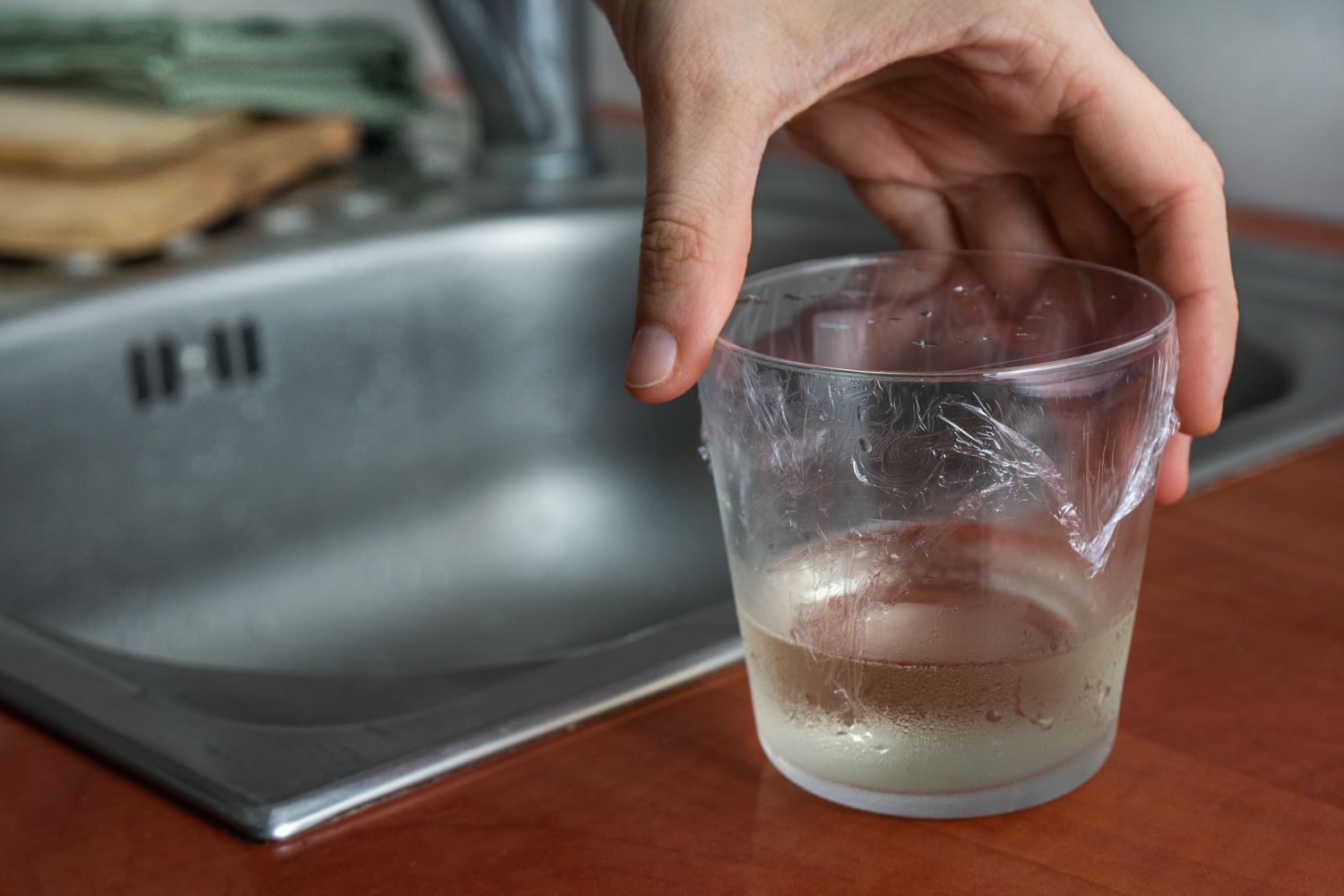

Articles
How To Get Rid Of Gnats In Sink
Modified: October 20, 2024
Looking for effective articles on how to get rid of gnats in your sink? Discover proven methods and tips to eliminate these annoying pests once and for all.
(Many of the links in this article redirect to a specific reviewed product. Your purchase of these products through affiliate links helps to generate commission for Storables.com, at no extra cost. Learn more)
Introduction
Gnats in sinks can be a pesky problem that disrupts our daily routines. These tiny flying insects are not only annoying but can also be a potential health hazard. Understanding the causes of gnats in sinks and knowing how to get rid of them is crucial for maintaining a clean and hygienic home.
Gnats are small, flying insects that are commonly found in areas with moisture, such as drains and sinks. They are attracted to the damp environment and food particles that can accumulate in these areas. While gnats are generally harmless, their presence can be a nuisance and may indicate underlying issues that need to be addressed.
In this article, we will delve into the causes of gnats in the sink and provide practical solutions to eliminate them. Whether you prefer natural remedies or chemical solutions, we have got you covered. Additionally, we will share preventive measures to ensure that gnats do not return in the future.
So, if you are tired of seeing gnats buzzing around your sink or are simply curious about how to deal with this common problem, read on to discover effective techniques and tips.
Key Takeaways:
- Say goodbye to gnats in your sink by identifying and fixing drainage issues, maintaining cleanliness, and using natural remedies. Prevent future infestations with regular inspections and good sanitation practices.
- Understanding the nature of gnats and implementing effective solutions will help you eliminate these pests from your sink and maintain a hygienic kitchen environment. Prioritize eco-friendly methods and persistence in your efforts.
Read more: How To Get Rid Of Gnats In Grass
Understanding Gnats
Before we dive into ways to get rid of gnats in your sink, it’s important to understand these tiny pests. Gnats belong to the family of small flying insects called Nematocera. They have long legs, long antennae, and delicate wings. Gnats are often mistaken for fruit flies due to their similar appearance, but they are different species.
There are various types of gnats, including fungus gnats, drain flies, and fruit flies. The ones commonly found in sinks are often either fungus gnats or drain flies. These gnats thrive in damp environments and are attracted to the organic materials that accumulate in drains and sink pipes.
Gnats reproduce at a rapid rate, which is why it’s important to address the issue as soon as you notice their presence. Female gnats lay eggs in moist or decaying material, such as food residue in sinks or standing water in drains. These eggs hatch into larvae, which then feed on the organic matter. Within a matter of days, the larvae pupate and eventually emerge as adult gnats.
While gnats are generally harmless, their presence can be an indication of poor sanitation or underlying drainage issues. Their constant buzzing, swarming, and potential for contaminating food can be a nuisance in the kitchen. Therefore, it’s important to take proactive steps to eliminate these pests from your sink and prevent their return.
Now that we have a basic understanding of gnats, let’s move on to identifying the source of these pesky insects in your sink and finding effective solutions to get rid of them.
Identifying the Source of Gnats
Before you can effectively get rid of gnats in your sink, it’s crucial to identify the source of the infestation. This will help you address the root cause and prevent the problem from recurring. Here are some key steps to help you identify the source of gnats:
- Inspect the area: Start by carefully examining the sink and surrounding areas to locate the source of the gnats. Look for any signs of gnats, such as swarming or flying insects, especially near the drain or around moist areas.
- Check for leaks: Inspect the sink pipes and plumbing for any leaks or standing water. Leaky pipes or faucets create a damp environment that attracts gnats. Fix any leaks promptly to eliminate the moisture source.
- Look for organic material: Gnats are drawn to organic matter, such as food residue or decaying material. Check if there are any food particles or gunk stuck in the sink drain or garbage disposal. Clean out any debris and ensure proper disposal of food waste.
- Examine the overflow drain: Some sinks have an overflow drain near the top, which can accumulate water and debris. Remove the overflow cover and clean out any stagnant water or buildup that may be attracting gnats.
- Inspect nearby plants: If your sink is close to potted plants or a garden, check if the gnats are coming from there. Fungus gnats, in particular, are attracted to overly moist soil. Allow the soil to dry out between waterings and consider using yellow sticky traps to capture adult gnats.
By thoroughly inspecting the sink area and following these steps, you should be able to identify the source of the gnat infestation. Once you have determined the cause, you can take appropriate measures to eliminate the gnats and prevent their return.
Fixing Drainage Issues
One of the most common causes of gnats in sinks is poor drainage. Gnats are attracted to the moisture and organic matter that accumulate in drains and pipes. To effectively get rid of gnats and prevent their return, it’s important to address any drainage issues in your sink. Here are some steps to fix drainage problems:
- Clear clogged drains: If your sink drains slowly or has standing water, it may be clogged with debris. Use a plunger or a drain snake to remove any obstructions. Alternatively, you can try pouring boiling water or a mixture of baking soda and vinegar down the drain to break up clogs.
- Use enzymatic drain cleaners: Enzymatic drain cleaners can be effective in removing organic matter that is causing the blockage and attracting gnats. Follow the instructions on the cleaner and use it regularly to keep the drains clear.
- Maintain regular drain cleaning: Regularly clean your sink drains by flushing them with hot water to prevent buildup of organic matter. This will help keep the drains free from debris and make them less appealing to gnats.
- Install drain covers: Consider installing drain covers or strainers to catch food particles and prevent them from entering the drain. This will help reduce the organic matter that attracts gnats and prevent clogs in the pipes.
- Check for faulty plumbing: If you have persistent drainage issues despite your efforts to clear the drains, it’s possible that there may be a faulty plumbing problem. In such cases, it’s best to consult a professional plumber to inspect and repair any issues with your sink’s plumbing system.
By addressing and fixing any drainage problems, you can eliminate the breeding ground for gnats and reduce their presence in your sink. Remember to regularly maintain your drains to prevent future buildup and keep the sink area clean and gnat-free.
Cleaning the Sink
Keeping your sink clean and free from food residues is essential for getting rid of gnats and preventing their return. Regular cleaning not only eliminates the organic matter that attracts gnats but also maintains a hygienic environment in your kitchen. Here are some steps to effectively clean your sink:
- Clear out the sink: Remove any dishes, sponges, or other items from the sink. This will allow you to thoroughly clean the entire sink surface.
- Scrub the sink: Use a non-abrasive cleaning agent or baking soda mixed with water to scrub the sink basin and sides. Pay special attention to the drain area to remove any gunk or residue that may be attracting gnats.
- Rinse thoroughly: After scrubbing, rinse the sink with warm water to remove any cleaning residue. Make sure to rinse the drain as well to flush out any remaining debris.
- Sanitize the sink: Once the sink is clean, sanitize it by spraying a mixture of equal parts water and white vinegar. Let it sit for a few minutes, then rinse with water.
- Dry the sink: Use a clean cloth or paper towel to dry the sink after cleaning. Gnats are attracted to moisture, so keeping the sink dry will make it less appealing to them.
- Dispose of food waste properly: Always scrape off food particles from dishes and utensils before rinsing them in the sink. Use a sink strainer or dispose of the food waste in a garbage bin to prevent it from entering the drain.
By regularly cleaning and maintaining a clean sink, you can eliminate the food sources that attract gnats. Implementing good hygiene practices in the kitchen will help reduce the likelihood of gnats returning to your sink area.
To get rid of gnats in the sink, pour a mixture of equal parts water and white vinegar down the drain. This will help eliminate any organic matter that may be attracting the gnats.
Read more: How To Get Rid Of Outdoor Gnats
Using Natural Remedies
If you prefer natural solutions to eliminate gnats in your sink, there are several effective remedies you can try. These natural methods not only get rid of the gnats but also ensure a chemical-free environment in your kitchen. Here are some natural remedies to consider:
- Vinegar trap: Fill a small bowl with apple cider vinegar and add a few drops of dish soap. The vinegar will attract the gnats, and the soap will break the surface tension, causing them to drown in the solution.
- Fruit trap: Slice a piece of ripe fruit and place it in a container. Cover the container with plastic wrap and poke a few small holes in it. The scent of the fruit will attract the gnats, but they will get trapped inside the container.
- Red wine trap: Similar to the vinegar trap, you can use red wine to attract the gnats. Place a small amount of red wine in a shallow bowl or jar and cover it with plastic wrap, securing it with a rubber band. Poke a few holes in the plastic wrap, and the gnats will be lured in and trapped.
- Sticky traps: Sticky traps, also known as yellow sticky cards, can be effective in catching adult gnats. Hang them near infested areas, such as the sink or nearby plants. The sticky surface will trap the gnats when they fly into it.
- Cinnamon: Sprinkling cinnamon powder around the sink and drain can help repel gnats. The strong scent is unappealing to them and can deter them from lingering in the area.
- Eucalyptus oil: Gnats are repelled by the scent of eucalyptus oil. Mix a few drops of eucalyptus oil with water and spray it around the sink and drain area to keep gnats away.
Remember to regularly replace or refresh these natural traps and remedies to ensure their effectiveness. Natural remedies may take some time to fully eliminate the gnat population, so be patient and persistent in your efforts.
By utilizing these natural remedies, you can safely and effectively get rid of gnats in your sink while promoting a chemical-free environment in your home.
Chemical Solutions for Persistent Infestations
If natural remedies are not effective in eliminating persistent gnat infestations in your sink, you may need to resort to chemical solutions. It’s important to use these products with caution and always follow the instructions provided. Here are some chemical solutions to consider:
- Commercial drain cleaners: There are various drain cleaners available in the market that can help dissolve organic matter and clear clogs in your sink drains. Choose a drain cleaner specifically formulated to target gnats and follow the instructions carefully.
- Insecticide sprays: Insecticide sprays can be used to directly target and kill adult gnats in your sink area. Look for insecticides that are safe for indoor use and specifically designed to eliminate gnats. Avoid spraying them near food or food preparation areas.
- Biological control agents: Biological control agents, such as Bacillus thuringiensis var. israelensis, can be effective in targeting gnat larvae. These products contain bacteria that specifically target and kill the larvae in the drain area.
- Pest control services: If your gnat infestation persists despite your efforts, it may be necessary to seek professional help from a pest control service. They have the expertise and resources to effectively eliminate gnats and identify any underlying issues contributing to the infestation.
When using chemical solutions, it’s important to take necessary precautions. Keep children, pets, and food away from the treated areas, and ensure proper ventilation during and after application. If you have any concerns or are unsure about using chemical products, consult with a professional or seek their assistance.
Remember, chemical solutions should be a last resort and used only when natural remedies have proved ineffective. It’s always advisable to prioritize eco-friendly and non-toxic methods whenever possible to maintain a safe and healthy environment in your home.
Preventive Measures
Preventing gnats from infesting your sink in the first place is the key to avoiding the hassle of dealing with them. By implementing these preventive measures, you can greatly reduce the chances of gnats returning to your sink:
- Maintain proper sanitation: Clean your sink regularly, ensuring that food residues are promptly removed. Keep the sink area dry and free from organic matter that may attract gnats.
- Fix leaks and repair plumbing issues: Inspect your sink pipes and plumbing for any leaks or standing water. Fix any issues promptly to prevent moisture buildup and breeding grounds for gnats.
- Use drain covers or strainers: Install drain covers or strainers to prevent food particles and debris from entering the drain. This will help reduce the chances of clogs and minimize the organic matter that attracts gnats.
- Dispose of garbage properly: Place food waste in sealed containers and dispose of them regularly. Be mindful of keeping your trash bins clean and secure to discourage gnats from breeding in them.
- Keep the sink area dry: After using the sink, ensure that it is dry and free from any water or moisture. Wipe down the sink and surrounding areas with a clean cloth to eliminate any dampness.
- Inspect and adjust plant care: If you have potted plants or a garden near the sink, make sure they are properly cared for. Overly moist soil can attract gnats, so allow the soil to dry out between waterings.
- Regularly inspect and clean the overflow drain: Check and clean the overflow drain near the top of your sink. Remove any stagnant water or buildup that may serve as a breeding ground for gnats.
By implementing these preventive measures, you can create an environment that is less inviting to gnats. Consistency in practicing good hygiene and taking care of your sink area will go a long way in preventing gnats from becoming a recurring problem.
Conclusion
Gnats in the sink can be a persistent and frustrating issue in our homes. However, by understanding the nature of gnats, identifying the source of infestation, and taking appropriate measures, you can effectively get rid of these pests and prevent their return.
Start by inspecting your sink area and addressing any drainage issues or leaks that may be attracting gnats. Clearing clogged drains and maintaining regular cleaning habits are essential for keeping the sink free from organic matter that attracts gnats. Consider using natural remedies, such as vinegar traps or fruit traps, to eliminate gnats in an eco-friendly way.
If natural methods aren’t effective, chemical solutions can be utilized, but caution should be exercised. Use commercial drain cleaners, insecticide sprays, or biological control agents strictly following the instructions and prioritize safety. If the infestation persists, seeking professional help from a pest control service may be necessary.
Prevention is key to avoiding gnats in the sink. Practice good sanitation, fix any plumbing issues, and use drain covers or strainers to minimize the chances of gnats breeding in the sink. Keep the sink area dry, dispose of garbage properly, and inspect and adjust plant care if they are near the sink.
By implementing these preventive measures and maintaining good hygiene practices, you can significantly reduce the likelihood of gnats infesting your sink. Taking proactive steps to keep your sink clean and free from gnats not only improves your living environment but also ensures a healthier and more enjoyable kitchen experience.
Remember, patience and persistence are key in dealing with gnats in the sink. With determination and the right strategies, you can successfully get rid of these pests and enjoy a gnat-free sink environment in your home.
Frequently Asked Questions about How To Get Rid Of Gnats In Sink
Was this page helpful?
At Storables.com, we guarantee accurate and reliable information. Our content, validated by Expert Board Contributors, is crafted following stringent Editorial Policies. We're committed to providing you with well-researched, expert-backed insights for all your informational needs.
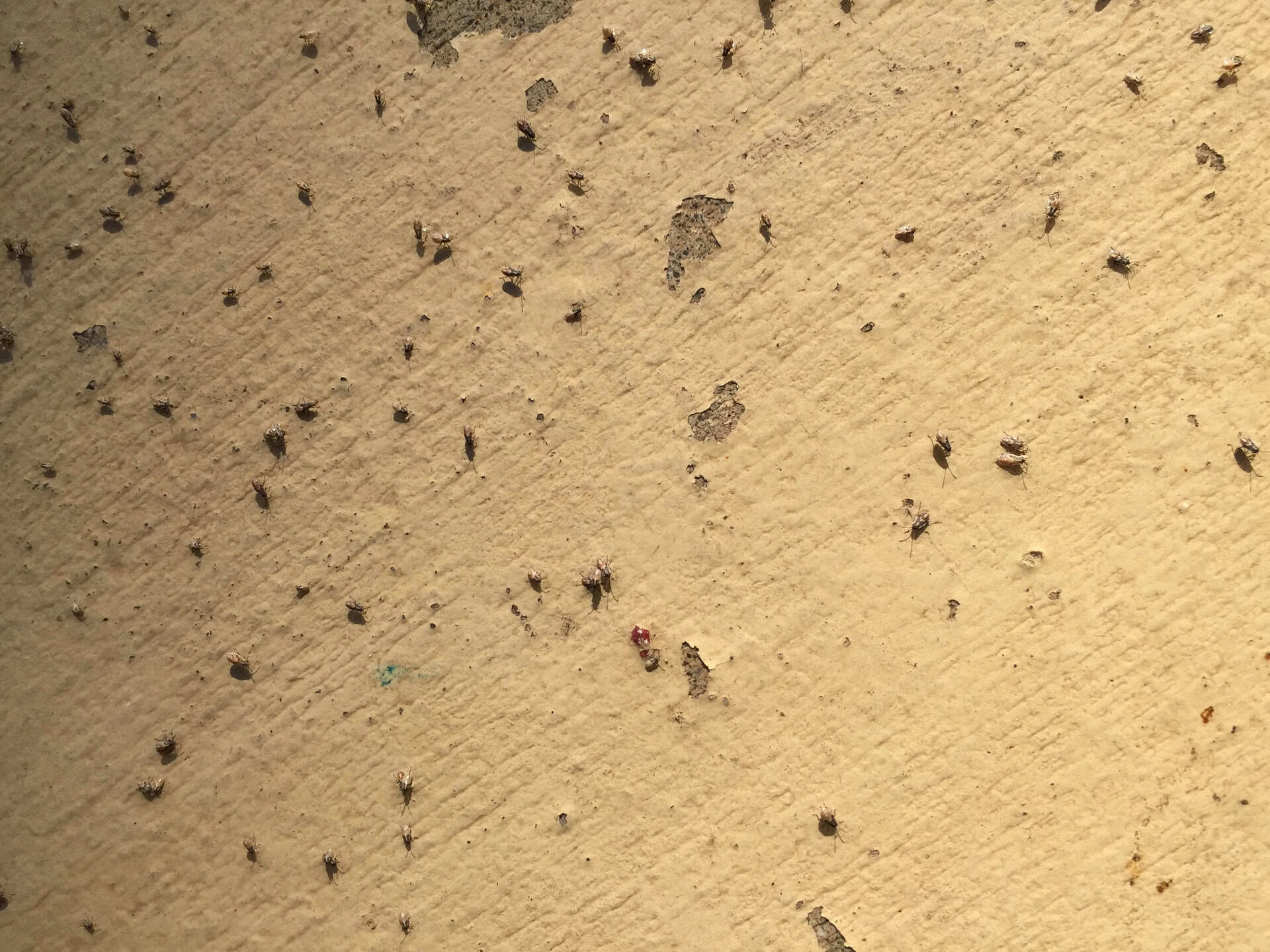
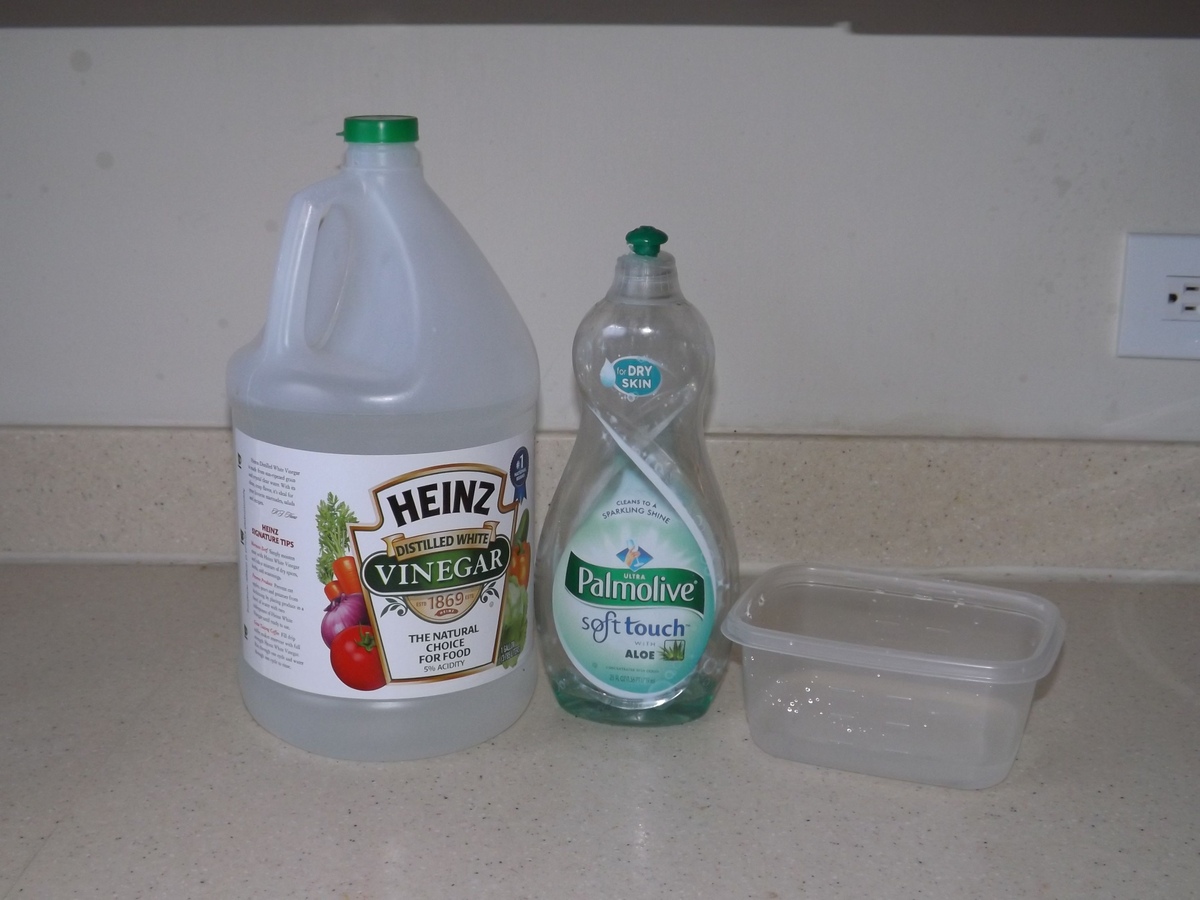
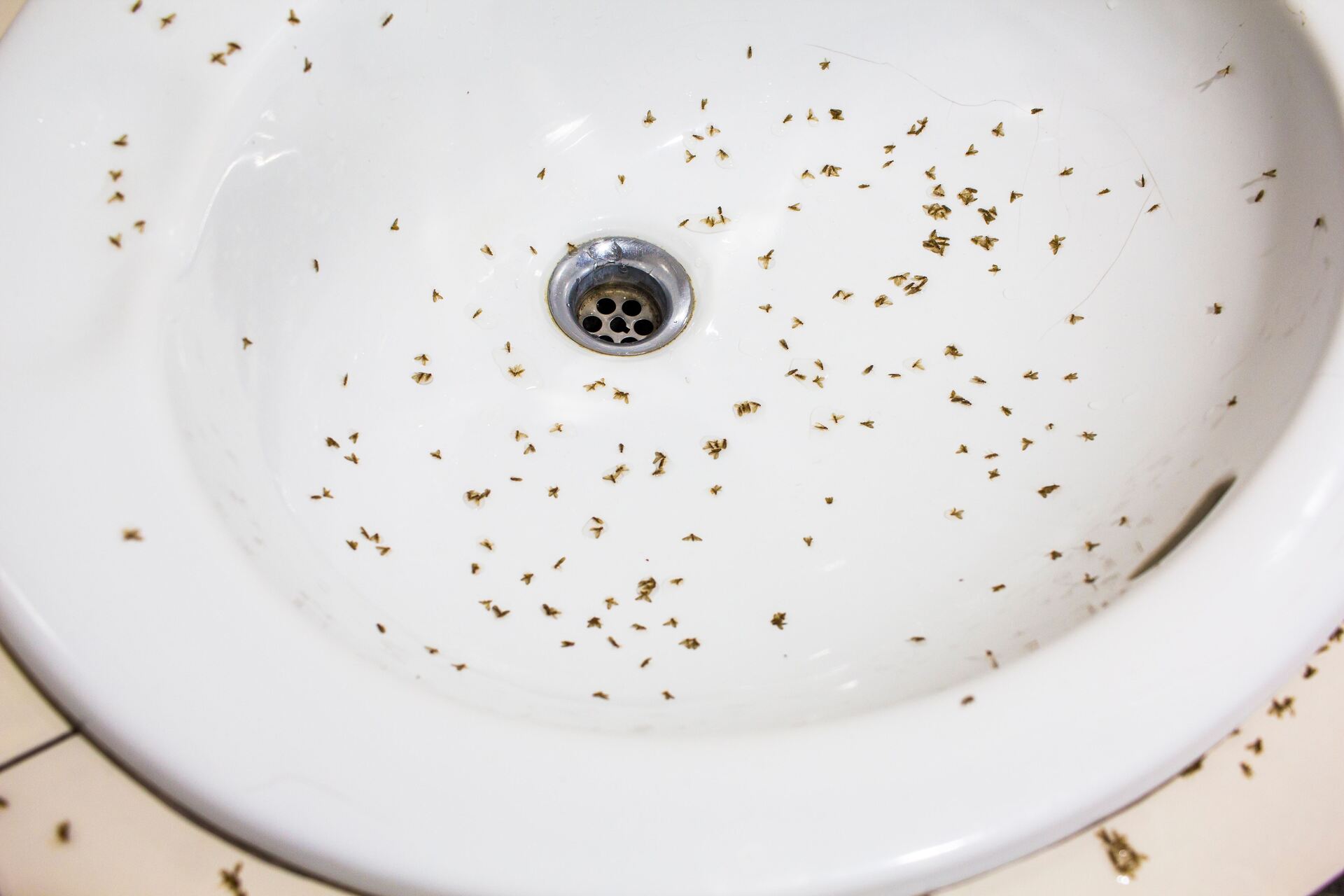
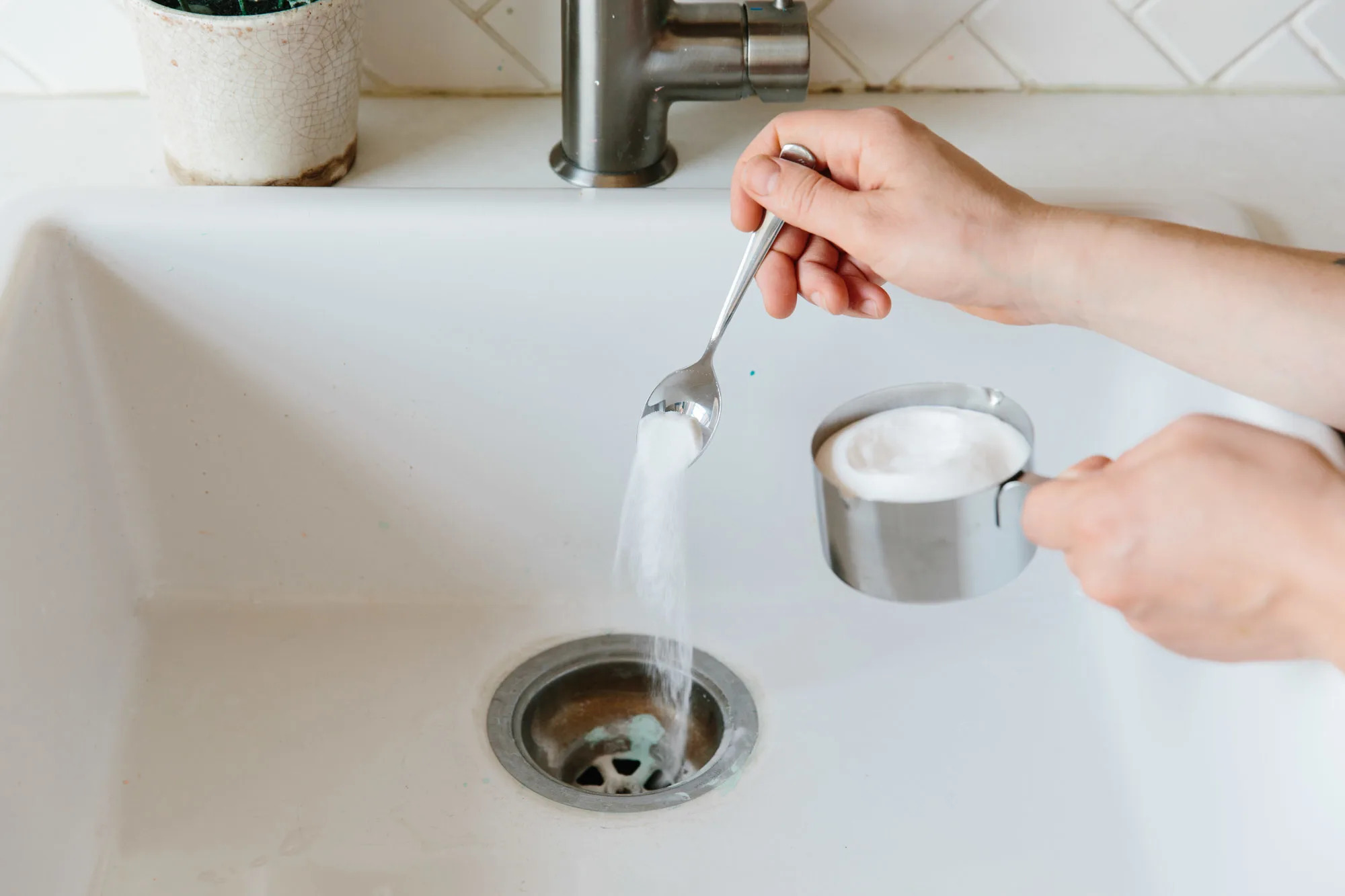
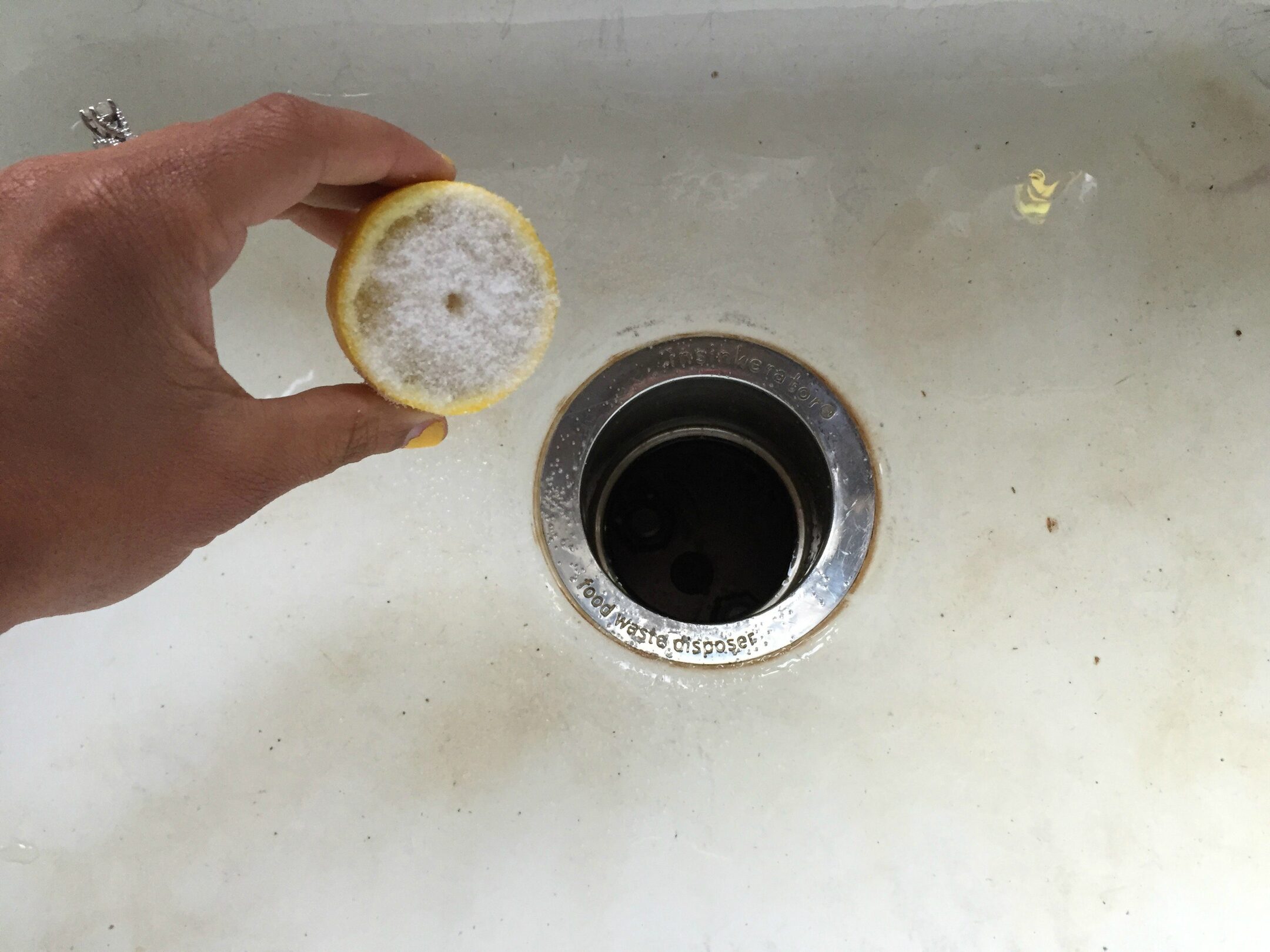
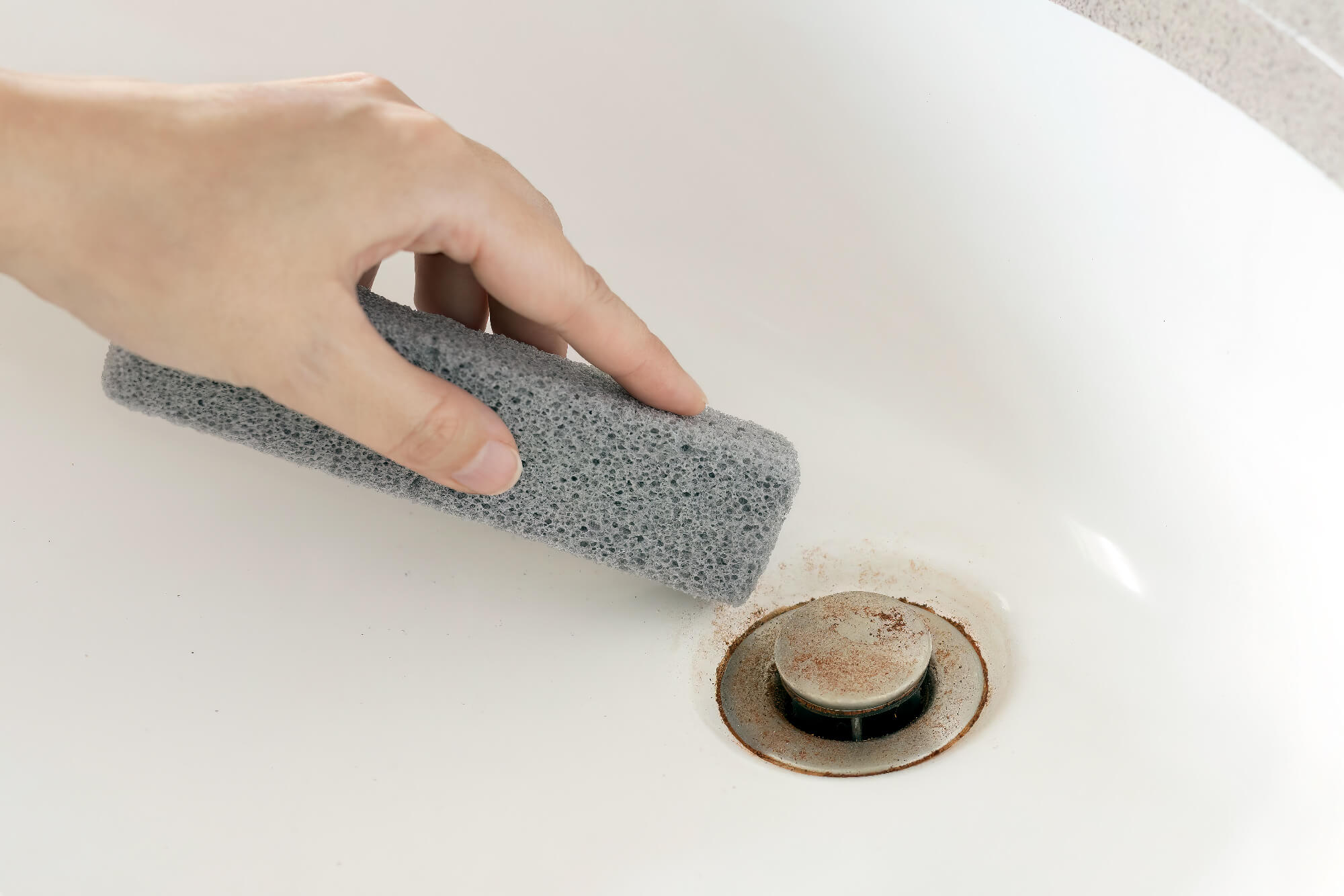
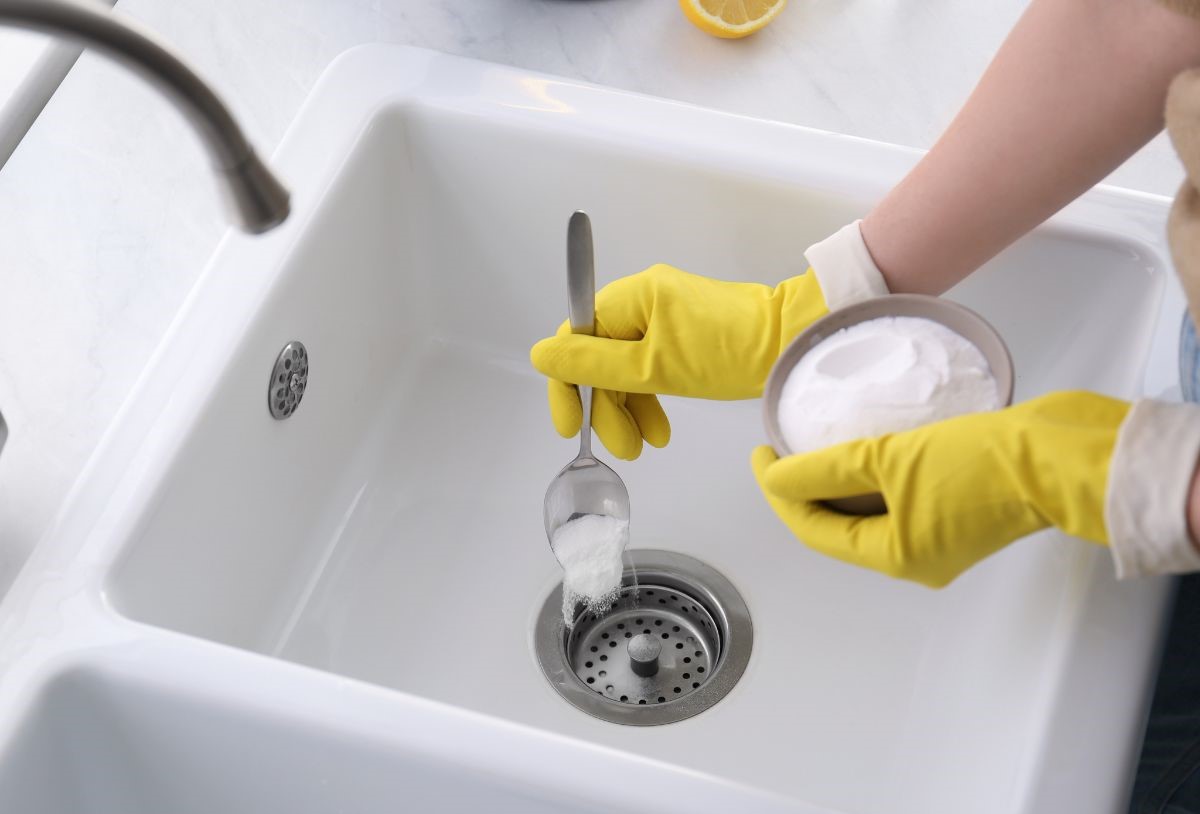
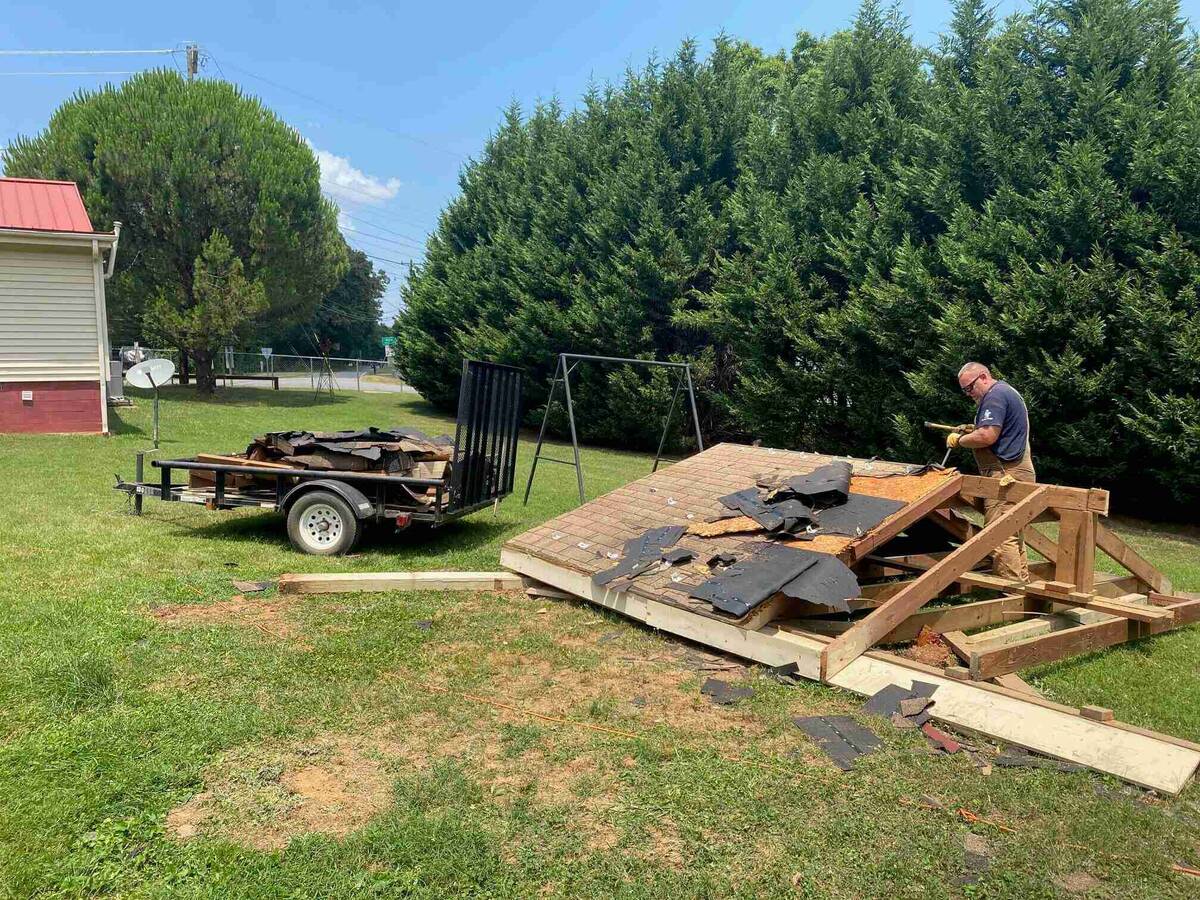




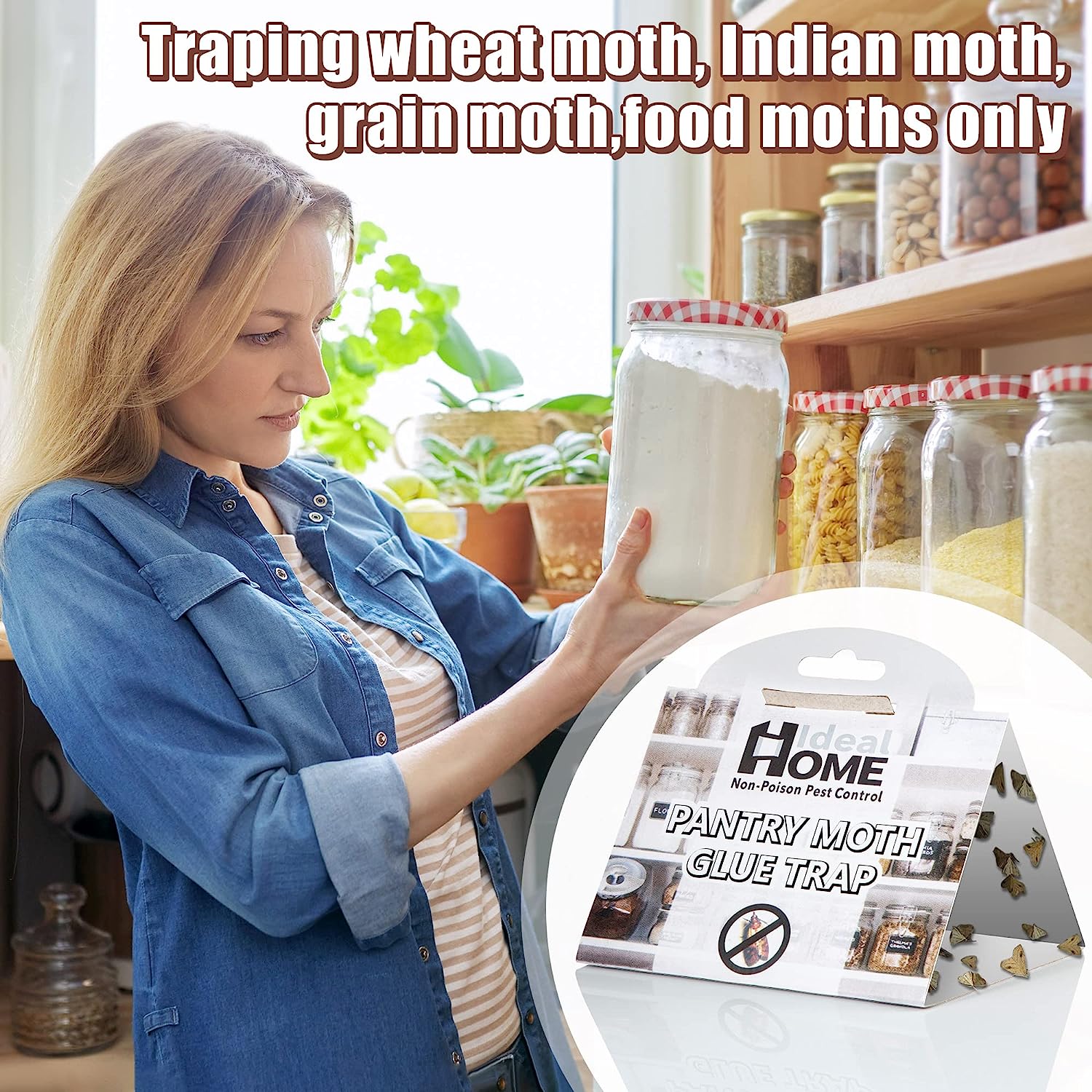
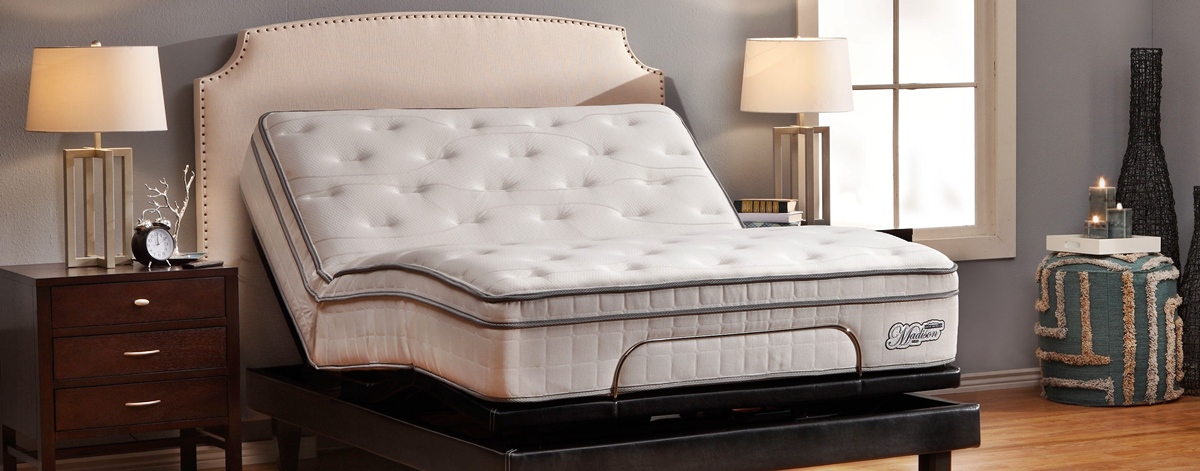

0 thoughts on “How To Get Rid Of Gnats In Sink”